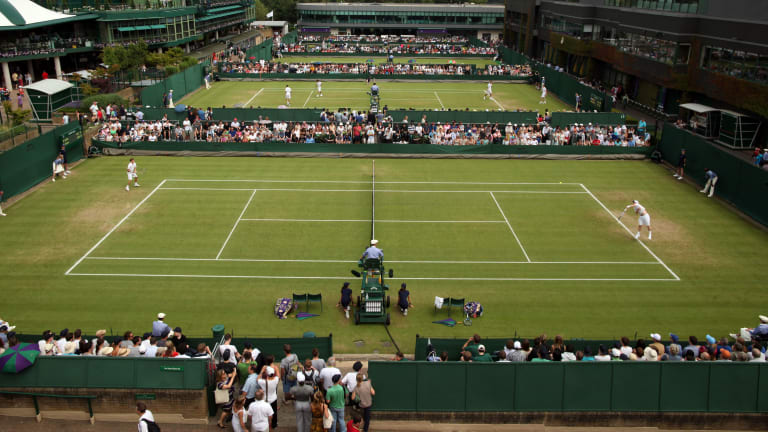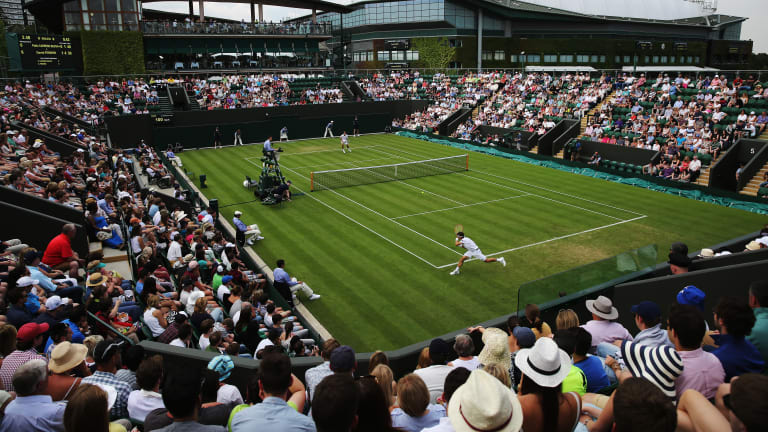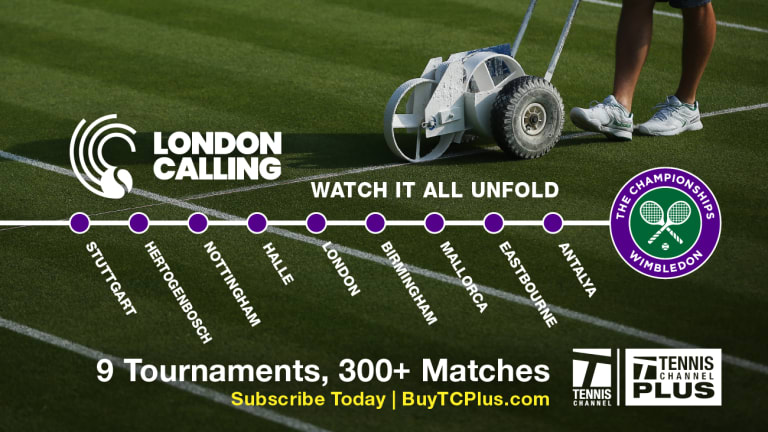Get Off My Lawn: A story of one player’s quest to play on grass
By Jun 25, 2019Indian Wells, USA
Mirra Andreeva scores Elena Rybakina win in rainy Indian Wells
By Mar 12, 2025Indian Wells, USA
What's next for Yosuke Watanuki after his Indian Wells breakthrough?
By Mar 12, 2025Indian Wells, USA
Holger Rune bummed clutch tweener didn't give off 'Roger Federer' during Indian Wells win
By Mar 12, 2025Indian Wells, USA
Coco Gauff renews Belinda Bencic rivalry; Carlos Alcaraz goes head-to-head with Grigor Dimitrov: Indian Wells, Day 8 Preview
By Mar 12, 2025Pick of the Day
Indian Wells Betting Preview: Jack Draper vs. Taylor Fritz
By Mar 12, 2025Pop Culture
Alizé Cornet to star in French version of “The Traitors”
By Mar 11, 2025Social
Matteo Berrettini collects Olive Garden prize for Hottie Bracket win
By Mar 11, 2025Indian Wells, USA
Iga Swiatek's Indian Wells rampage continues, with just 6 games lost through 3 matches
By Mar 11, 2025Indian Wells, USA
Bryan brothers, Kim Clijsters help connect youngsters to history with "Be Legendary"
By Mar 11, 2025Get Off My Lawn: A story of one player’s quest to play on grass
Even though grass is tennis’s aspirational surface, I’ve come to think that any tennis court, whatever the surface, can be its own oasis.
Published Jun 25, 2019
Advertising

Get Off My Lawn: A story of one player’s quest to play on grass
© 2012 Getty Images
Advertising

Get Off My Lawn: A story of one player’s quest to play on grass
© 2014 Getty Images
Advertising

Get Off My Lawn: A story of one player’s quest to play on grass